As we approach the end of the year (as well as the end of the decade!), I feel morally obligated to offer a shoutout to Lucy Ellmann’s Ducks, Newburyport — an extraordinary 1,000 page novel composed of a single sentence (broken up by short passages of a lioness wandering in the wild), all told entirely from the perspective of a shy housewife in Ohio with four kids. The woman in question — who is delightfully charming, subtly thoughtful, often very funny, and struggling to make ends meet and deal with troubled family members just like the rest of us — spends much of her time baking pies and thinking about old movies and climate change and Henry Rathbone’s mental decline and, well, damn near everything! She is both real enough to acknowledge her great love for her husband Leo yet eccentric enough to tell us about a spitball with the words I ❤ YOU that was lodged in her ear for years. Ellmann somehow manages to encapsulate a broad swath of emotions and concern for the American clime without ever straying from the inherent positivism of her narrator. This book is such an incredible achievement that it isn’t just my favorite work of fiction published in the last year. It may be the best contemporary novel I have read in the last three years! The book is so nimble in the way it conveys one woman’s consciousness, but it does this without the central stylistic device becoming a gimmick. Not only did this truly great novel completely capture my attention and imagination, but it did one thing that books of this size rarely do: it slowed me down as a reader. I found the unnamed woman taking on the role of an old friend and, not more than a hundred pages in, I began timing my reading jags to match a coffee chat or a drinks session. I really didn’t want the book to end. And yet it had to.
To offer readers some additional incentive to follow the many rabbit holes of knowledge contained within this mighty book, I’ve decided to assemble a concordance of all the lyrics within the book that are italicized within the ♫ symbols. As someone who has always been a somewhat quiet music buff, the book’s fixation on musicals, old folk songs, and nursery rhymes caused me to chatter my teeth like Roger Rabbit and jump out from my hiding place, often breaking into song. In fact, this was the rare book that inspired me to learn “Follow the Drinking Gourd” on my guitar (a clip of which is included among the many YouTube clips below).
These days, I don’t often take on the public role of hardcore advocate. I’m very busy editing my audio drama and I’m mostly retired from my previous life of literary journalism. But this novel is the recherche exception in which I felt compelled to return and sing my praises from the rafters. (In fact, this book often caused me to burst into song in public places.) Books that make you this passionate — much like people you fall greatly in love with — don’t come around all that often over the course of a lifetime. Seriously, if you haven’t picked this book up, I urge you in the strongest possible terms to visit your local independent bookstore, drop down the cash, and read this as soon as you can! I’ve purchased three copies of this book so far: one for me, two for friends. And I have a feeling that I will probably buy at least two more copies before the year is up.
For the purposes of this concordance, the page numbers are contained in parentheses. I took these references from the Biblioasis edition.
“When the cat died we had catnip teas” (2)
“Your feet’s too big” (3)
“Figaro, Figaro, Figaro!” (9)
“per carità” (9)
“Figaro, Figaro, Figaro!” (551)
“Drink to me only” (11)
“with thine eyes” (19)
“Drink to me only” (30)
“And I’ll not ask for wine” (30)
“and I’ll not ask for wine” (592)
“Drink to me only wi-ith thine eyes” (706)
“Mad dogs and Englishmen” (11)
“She wheels a wheelbarrow” (20)
“Courage!” (24)
“Whatta they got that I ain’t got? Courage!” (65)
“Whatta they got that I ain’t got? Courage!” (127)
“Courage” (273)
“Courage!” (406)
“Courage!” (444)
“Courage!” (722)
“Courage!” (812)
“Courage!” (954)
“a bushel and a peck” (25)
“sassy as can be” (28)
“Skip to my Lou, my darlin'” (28)
“skip to my Lou” (708)
“And it went right to my head” (30)
“Indicate the way to my abode, I”m fatigued and wish to retire” (30)
(Note: There have been numerous variations on this song since its inception of 1925, but I cannot seem to find the version containing the lyric “Indicate the way to my abode” — as observed here>)
“There’s no business like show business like no business I know” (33)
“I’m no chump, I just bit off a camel’s hump” (40)
“That’s amore” (43)
“On the banks of the Ohio” (46)
“On the banks of the Ohio” (315)
“by the banks of the Ohio” (748)
“count your blessings instead of sheep” (46)
“I’m just wild about animal crackers, animal crackers” (50)
“blessings instead of sheep” (63)
“instead of sheep” (112)
“Bears and tigers haunt me all day” (787)
“London Bridge is falling down” (47)
“love’s old sweet song” (48)
“Soaky soaks you clean” (49)
“The man who broke the bank at Monte Carlo” (62)
“I’ve got a mule, her name is Sal” (75)
“The Stars and Stripes Forever” (80)
“The Stars and Stripes Forever” (613)
“The Stars and Stripes Forever” (818)
“just get me to the church on time” (83)
“I don’t know why she swallowed a fly” (101)
“She swallowed a spider to eat the fly” (259)
“There was an old lady who swallowed a fly” (384)
“There was an old woman who lived in a shoe, She had so many children she didn’t know what to do” (385)
“perhaps she’ll die” (393)
“way down yonder in the paw-paw patch” (105)
“La donna è mobile” (117)
“as high as an elephant’s eye” (127)
“Polly Wolly Doodle all the way” (130)
“Sing Polly Wolly Doodle all the day” (479)
“Polly Wolly Doodle all the day” (729)
“schmaltzy film music” (144) — General, take your pick.
“Born Free” (153)
“Whe-e-e-e-ere is love?” (157)
“Whe-e-e-e-ere is love?” (273)
“Whe-e-e-e-ere is love?” (275)
“the beer that pickled dear old dad” (167)
“We are, we are, we are, we are, we are the engineers” (168)
“four and twenty blackbirds, baked in a pie” (170)
“Beethoven’s Fifth” (171)
“Row, row, row your boat, gently down the stream” (173)
“March of the Penguins” (178)
“Plop Plop, Fizz Fizz” (186)
“Plop, plop, Fizz, Fizz, Oh what a relief it is” (315)
“plop… top… swap” (692)
(So I am unsure about the reference on Page 692. I could not find a version of the Alka-Seltzer song that had “swap” in it.)
“the Appassionata” (188)
“Mele Kalikimaka” (214) (twice on page)
“Mele Kalikimaka” (222)
“the island greetings we send to you from the land where the palm trees sway” (223)
“Mele Kalikimaka” (223)
“Mele Kalikimaka” (224)
“land where the palm trees sway” (226)
“Mele Kalikimaka” (229)
“Mele Kalikimaka is Hawaii’s way” (231)
“Your feet’s too big” (220)
“when a man’s an empty kettle” (225)
“I am little Buttercup, sweet little Buttercup” (231)
“Poor Little Buttercup, Sweet Little Buttercup I, Dear Little Buttercup” (342)
“Jimmy crack corn, I don’t care” (246)
“John Brown’s body lies a-mouldering in the grave” (255) (three times)
“His pet lambs will meet him on the way” (255)
“If you’re worried and you can’t sleep” (263)
“Glo-o-o-oria eggshell-sis deo” (273)
“Whe-e-e-e-ere is it?” (273)
So this one is a stumper. Because there are so many songs out there with “Where is it?” in the lyrics. But I’m going with Yentl.
“Tiptoe through the tulips” (286)
“Tiptoe through the tulips” (374)
“Tiptoe through the tulips” (434)
“Just rope ‘n’ throw ‘n’ brand ’em” (296)
“where the buffalo roam” (296)
“dollars for donuts” (296)
“dollars to donuts” (437)
“dollars to donuts” (438)
“dollars to donuts” (439)
“dollars to donuts” (440)
“dollars to donuts” (485)
“I’m a little teapot, short and stout” (300)
“I’m a little teapot” (796)
“Cut-cut-cut-cudacket, Said the little hen” (300)
I have no idea what this song is, but the phrase “Cut-cut-cut Cudaucket” is referenced in Phyllis Reynolds Naylor’s The Great Chicken Debacle:

“We are poor little lambs that have lost our way, baa, baa, baa!” (306)
“We are poor little lambs” (987)
“they call the Rising Sun” (308)
“So beware, Be-ee-ee-ee-ware…Drink-ing, drinking-ing, dri-i-i-i-i-i-i-inking, D-R-I-N-K-I-N-G” (315)
The closest thing I could find to this was Tom Lehrer’s classic song, “Pollution,” which I think the narrator is paraphrasing, given the novel’s concern for climate change.
“Now the riverbank will make a mighty good road” (316)
“Follow the drinking gourd” (692)
“Now the river ends between two hills” (755)
Also, just for fun, I ended up learning this song on my guitar. Here’s a short clip!
The power of books! I never would have learned to play this song if I hadn't read @FictionAtelier's DUCKS, NEWBURYPORT. (This video is related to a forthcoming post!) pic.twitter.com/ohCif0bzbr
— Eᴅᴡᴀʀᴅ Cʜᴀᴍᴘɪᴏɴ (@drmabuse) December 1, 2019
“Trout Quintet” (324)
“Gone with the Wind” (338)
“Gone with the Wind” (348) (two times)
“Gone with the Wind” (461)
“Marietta’s song” (345)
“Einaudi piano piece” (353)
“Lockdown, lockdown, lock the door” (354)
“I’d do anything” (274) (three times)
“Anything you can do I can do better!” (365)
“Anything you can do I can do better” (694)
“Tradition!” (365)
“Tradition!” (929)
“Beethoven quartet” (366)
This could be any number of Beethoven quartets, but I’ll opt for Op. 131.
“There’s nothing to be done” (366)
“Accentuate the positive!” (390)
“Accentuate the positive, Eliminate the negative” (667)
“Don’t mess with Mister In-Between” (667)
“and the walls come a-tumblin’ down” (390)
Since I’m a fan of Elvis’s gospel renditions, I chose Elvis for this famous song.
“Picking on a wishbone from a Frigidaire” (399)
“The Stars and Stripes Forever” (407)
“Stars and Stripes Forever” (799)
“Edelweiss, edelweiss” (432)
“I’m just wild about animal crackers!” (436)
“Stuck a feather in his cap, and called it Macaroni” (476)
“Let it be” (477)
“Secretly they was overjoyed” (491)
“It won’t be long until we’re there with snow, snow, snow” (504)
“hot cross buns, hot cross buns, see how they run” (505)
“London Bridge is falling down” (505)
“falling down, falling down, falling down” (563)
“of course, of course” (533)
“To-whit, to-whoo said the little old owl” (540)
“Turn back, O Man” (540)
“The faucets are dripping and oh, what a pity” (542)
“a bushel and a peck” (557)
“Wonderful, wonderful day” (574)
“Old King Louis” (601)
“Baa, baa, baa” (603)
“We cursed Escanaba and that damned iron ore” (613)
“Moonlight Sonata” (616)
“Liebestraum” (617)
“Rice-a-roni” (632)
“Rice-a-Roni, the San Francisco treat” (700)
“sauteed and somethinged, the flavor can’t be beat” (700)
“No more ifs or ands or buts, oh no” (635)
“The man who broke the bank at Monte Carlo” (693)
“a little femi-nine advice” (726)
“They loved his whistle and his ring number three” (727)
“Lockdown, lockdown, lock the door” (737)
“On top of old Smoky” (768)
“If you say it loud enough you’ll always sound precocious” (771)
“There is nothin’ like a dame” (776)
“My Sal, she’s a spunky gal” (786)
“I’m singin’ in the rain” (787)
“I ain’t had no lovin’ since January, February, June or July” (790)
“Blue Moon” (848)
“Our state fair” (851)
“Our state fair” (973)
“and the thigh bone’s connected to the” (306)
“The thigh bone connected to the hip bone” (855)
“I’m a lonesome polecat” (860)
“the women were sobbin’, sobbin’, sobbin'” (902)
“Nessun dorma” (914)
“You got trouble!” (929)
“No need to understand ’em” (934)
These appear to be the words of the Wren Crew Theme Song in Texas. I could not find a video.
“Who put the pepper in the Vaseline?” (945)
“He played knick knack on my door” (952)
“He played knick knack on my spine” (976)
“We’ll tak’ a cup of kindness yet, yeah, yeah, yeah” (974)
“Vivo!” (987)
Well, given that Vevo is the official source for major artists, I think Lucy Ellmann may aksi be playfully trolling here!
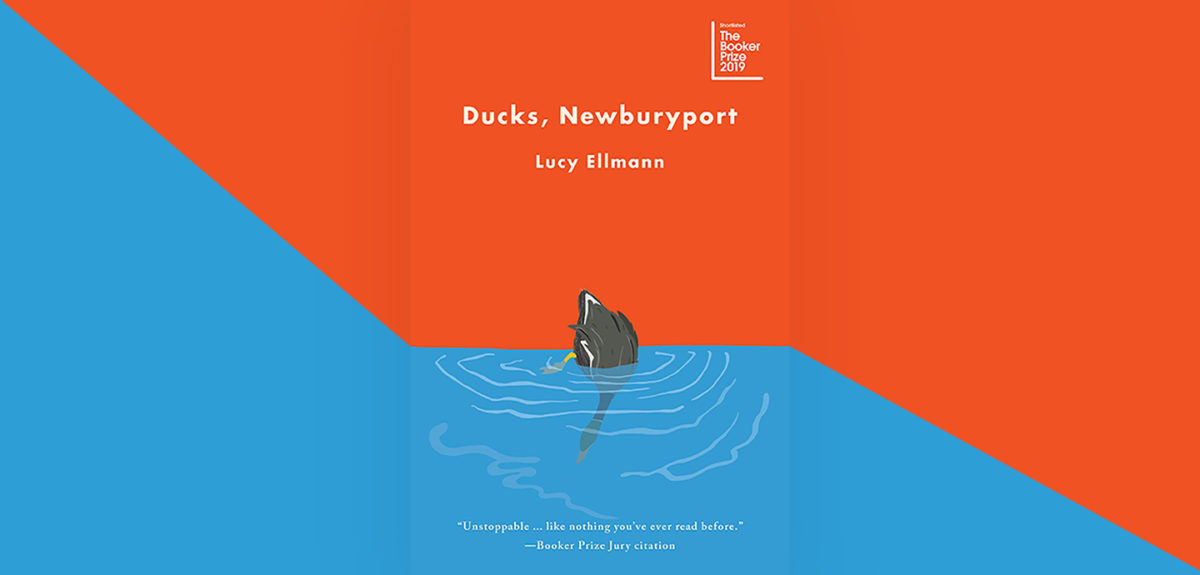
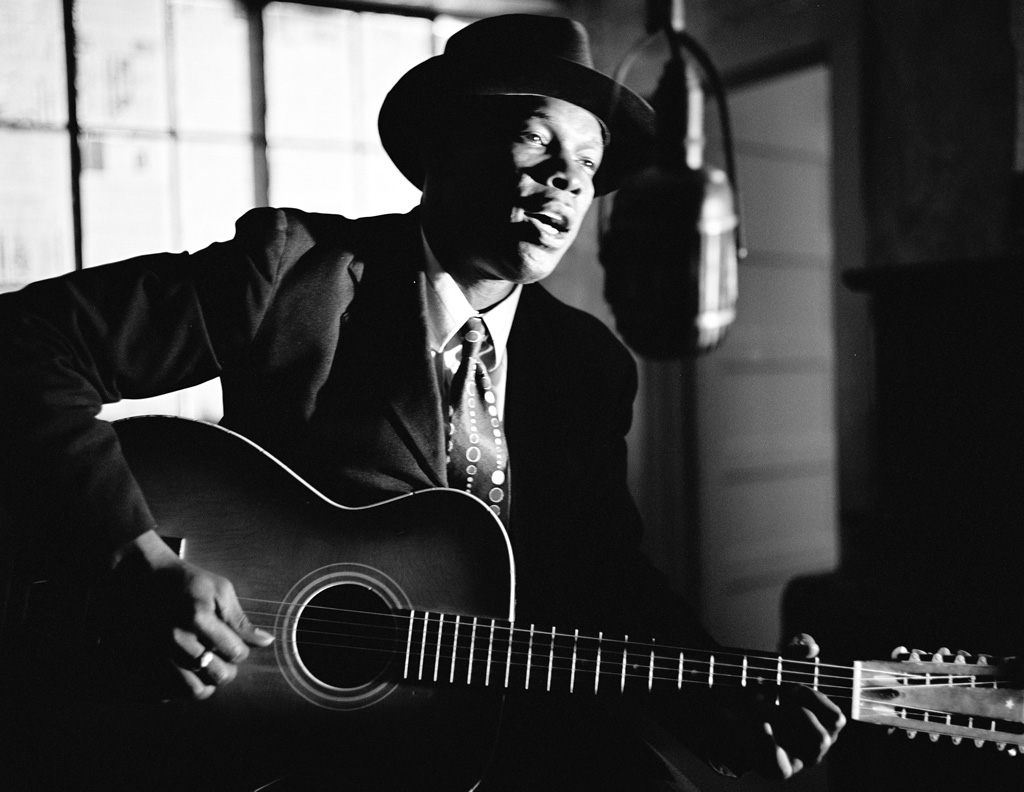
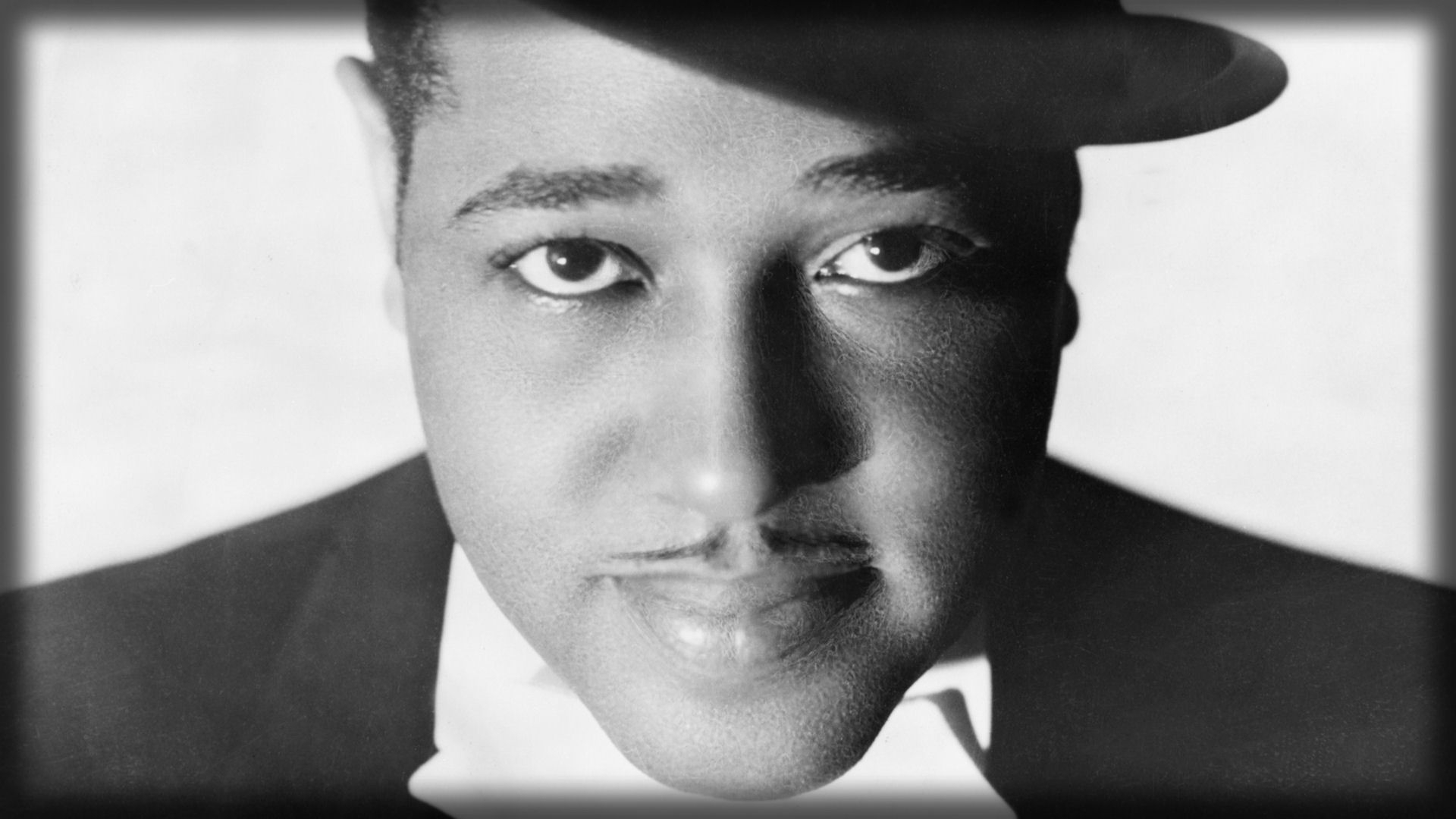


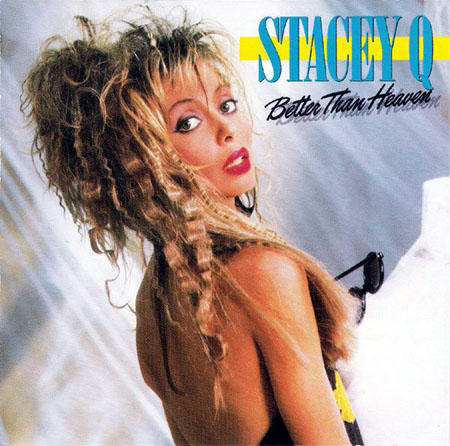

 Correspondent: But look at the Beatles and Elvis. I mean, this would seem to me to confirm the ideal conditions. It would be very difficult to find someone who is a music lover who hates the Beatles or the Rolling Stones or Elvis. I mean, there’s a fairly common consensus. Even if you don’t love them, you can at least appreciate the achievement of these bands that just went in and likewise captured the popular consensus. And this is a little bit different from Celine Dion.
Correspondent: But look at the Beatles and Elvis. I mean, this would seem to me to confirm the ideal conditions. It would be very difficult to find someone who is a music lover who hates the Beatles or the Rolling Stones or Elvis. I mean, there’s a fairly common consensus. Even if you don’t love them, you can at least appreciate the achievement of these bands that just went in and likewise captured the popular consensus. And this is a little bit different from Celine Dion.
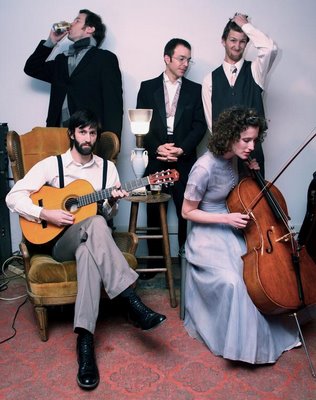 Reisenauer: We’ll actually write through entire songs and entire arrangements, and then cast them away and then start over.
Reisenauer: We’ll actually write through entire songs and entire arrangements, and then cast them away and then start over.
 Correspondent: We have six categories. Can you name a single song that can be applied for all six categories? Have you considered examples along these lines?
Correspondent: We have six categories. Can you name a single song that can be applied for all six categories? Have you considered examples along these lines?
 Correspondent: I should observe that you grew up in Houston.
Correspondent: I should observe that you grew up in Houston.